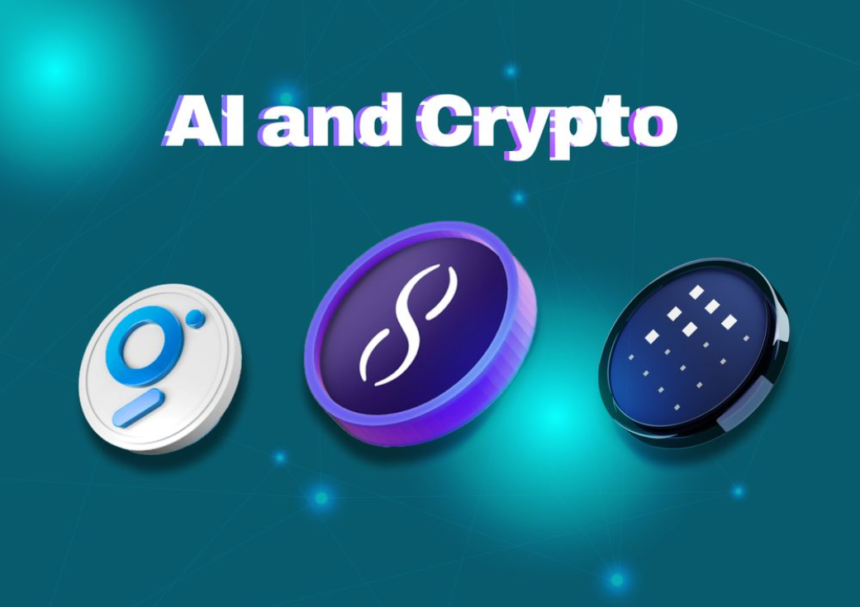The demand for adaptive monitoring solutions has never been greater. One area that is gaining increasing attention is the integration of real-time transaction monitoring in cryptocurrency. Financial institutions are now compelled to enhance their bank transaction monitoring systems to include digital assets, which have become a significant part of global financial transactions.
The Role of AI in Cryptocurrency and Traditional Financial Transactions
The nature of cryptocurrency transactions presents unique challenges for transaction monitoring solutions. These challenges are primarily due to the decentralized and pseudonymous characteristics of cryptocurrencies. Unlike traditional fiat transactions, which can be easily tracked and regulated, cryptocurrencies require more advanced techniques for monitoring to ensure compliance.
AI-powered transaction monitoring solutions are at the forefront of addressing these challenges. These systems use machine learning algorithms to analyze blockchain data in real time, identifying patterns and anomalies that could indicate fraudulent or suspicious activities. This capability is crucial for institutions that need to maintain a robust transaction monitoring program that covers both traditional and digital assets.
Benefits of AI in Financial and Compliance Transaction Monitoring
- Enhanced Detection Capabilities: AI significantly improves the accuracy of financial transaction monitoring by identifying complex patterns that might be missed by traditional systems. This is particularly important for compliance transaction monitoring, where the need to detect subtle signs of money laundering or fraud is critical.
- Reduction of False Positives: Traditional monitoring systems often generate a high number of false positives, which can overwhelm compliance teams. AI systems, however, learn from historical data, allowing them to reduce false positives significantly. This improvement not only streamlines bank transaction monitoring but also enhances the overall efficiency of compliance operations.
- Scalability: As the volume and complexity of transactions increase, particularly with the inclusion of cryptocurrencies, AI-driven transaction monitoring solutions offer the scalability needed to manage this growth. These systems can adapt to new types of transactions and emerging threats without requiring constant manual updates.
Future Trends in Transaction Monitoring
The future of real-time transaction monitoring will likely see deeper integration of AI with other advanced technologies, such as blockchain, to offer even greater transparency and security. This integration will enable more comprehensive financial transaction monitoring, covering both fiat and digital currencies seamlessly.
Moreover, the use of predictive analytics in transaction monitoring programs will become more prevalent. Predictive models can forecast potential risks, allowing institutions to take proactive measures against financial crimes. This trend will further cement the role of AI in modern compliance transaction monitoring strategies, ensuring that financial institutions remain ahead of the curve in an increasingly complex regulatory environment.
By focusing on these emerging trends and technologies, financial institutions can enhance their transaction monitoring solutions to not only meet current challenges but also anticipate future risks in the rapidly evolving world of digital finance.
FAQs on Real-Time and Financial Transaction Monitoring
1. What is real-time transaction monitoring?
Real-time transaction monitoring is the process of continuously analyzing financial transactions as they occur. This system allows financial institutions to detect and respond to suspicious activities instantly, reducing the risk of fraud and ensuring compliance with regulatory requirements.
2. How does AI enhance transaction monitoring solutions?
AI improves transaction monitoring by analyzing large datasets in real time to identify complex patterns and anomalies. This reduces false positives, enhances detection accuracy, and allows the system to adapt to new threats without the need for constant manual updates.
3. Why is bank transaction monitoring important?
Bank transaction monitoring is crucial for identifying and preventing fraudulent activities, such as money laundering and unauthorized transactions. It also helps banks comply with financial regulations by ensuring that all transactions are properly scrutinized and recorded.
4. What are the key features of an effective transaction monitoring program?
An effective transaction monitoring program should include real-time monitoring, scalability, AI-driven analysis, reduced false positives, and robust compliance features. It should be able to adapt to new regulatory requirements and evolving financial crime tactics.
5. What is compliance transaction monitoring?
Compliance transaction monitoring involves tracking financial transactions to ensure they meet regulatory standards. This process helps financial institutions avoid legal penalties by ensuring that their operations align with anti-money laundering (AML) and other regulatory requirements.
6. Can transaction monitoring solutions be customized?
Yes, transaction monitoring solutions can be customized to fit the specific needs of an organization. Customization can include setting specific rules, adjusting alert thresholds, and integrating the system with existing compliance frameworks to enhance overall monitoring capabilities.
7. How does AI reduce false positives in financial transaction monitoring?
AI reduces false positives by learning from historical data and refining its detection algorithms over time. This allows the system to differentiate between legitimate and suspicious transactions more accurately, reducing the number of false alerts that compliance teams need to investigate.
8. What are the future trends in transaction monitoring?
Future trends include the deeper integration of AI and machine learning, the use of predictive analytics, and the monitoring of both fiat and cryptocurrency transactions. These advancements will make transaction monitoring more comprehensive and effective in detecting emerging threats.
9. How does transaction monitoring help in cryptocurrency regulation?
Transaction monitoring in cryptocurrency helps track and analyze blockchain transactions, which are decentralized and pseudonymous. AI-driven monitoring tools can identify patterns and anomalies in crypto transactions, aiding in the detection of money laundering and other financial crimes.
10. Why is scalability important in transaction monitoring systems?
Scalability is crucial because it allows a transaction monitoring system to handle increasing volumes of transactions and adapt to new types of financial activities. As financial institutions grow and the complexity of transactions increases, a scalable system ensures that monitoring remains effective without compromising performance.














